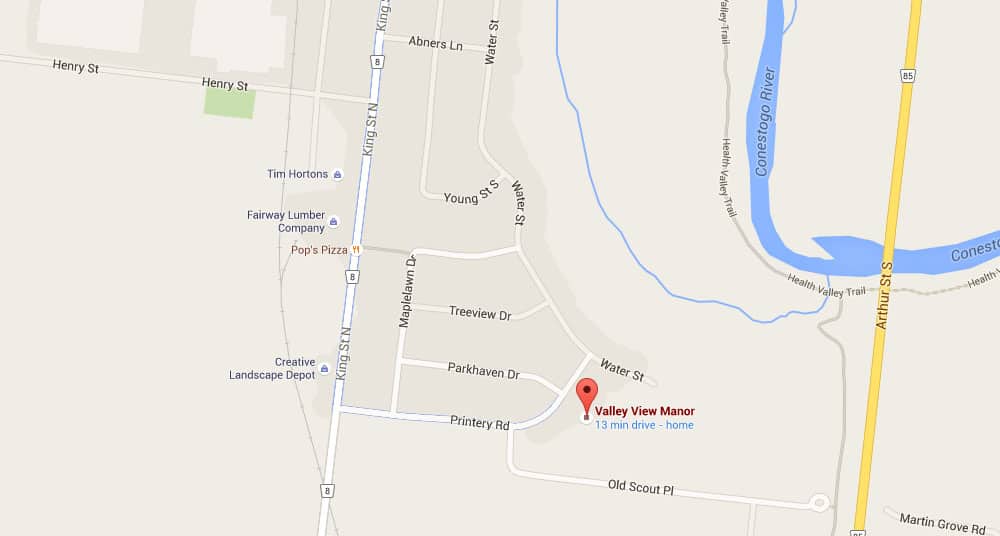![After a soggy June, local climatologist Dave Phillips says he’s still holding out for a warmer and drier rest of summer.[Whitney Neilson / The Observer]](https://www.observerxtra.com/content/images/wp-content/uploads/2015/07/post_news_weather.jpg)
If your galoshes and umbrella are looking a little worse for wear, you’re not alone.
Environment Canada senior climatologist Dave Phillips says people who were begging for rain at the end of May got more than what they bargained for.
“We were really in a desperate situation in your area, let’s say the last 10 days of April to the first 29 days of May,” Phillips said. “All the precipitation that you got in the area was probably around six or seven millimeters. Normally in a month at this time of year, your monthly precipitation is generally around 80 millimeters. All you were getting there for that period of late April and into May was just like a thimbleful of rain. And at the same time, temperatures were warmer than normal in May, in some cases by three degrees.”
He adds, even though the fields and grass didn’t look stressed, below the surface there was very little moisture. If the situation had continued there would have been a lot of concern by farmers.
The last two days of May produced as much rain as we would typically get in a month, followed by a very wet June. We saw 124 millimeters of rain in June, when the normal is 76 – a 63 per cent increase. But if you add those last two days of May you’d see the area got 226 millimeters of rain in the past 30 days.
“So it’s almost three times the amount of rain you would normally get,” Phillips said. “At the same time it’s been fairly cool and there certainly have not been a lot of evaporations. The weather systems have moved in and a lot of cloud and not a lot of sun, so not a lot of moisture is leaving the fields, and so that’s why you’re seeing the crops sitting in some standing water.”
He goes on to say it “really has been feast or famine in terms of precipitation.” And nowhere is that more evident than in Western Canada. He says the contrast between wet and dry across the country is one of the most dramatic in Canadian history.
“We’re getting too much weather and they’re not getting enough. And somehow if we could marry the two regions we’d be pretty happy as Canadians,” Phillips said.
He notes the rain that put a damper on our weekend was more like a fall storm than the weather we’d expect in late June. There were highs of 15 degrees, when normal highs should be in the 26-degree range.
“The winds were strong, the rainfall in your area, you got about 23 to maybe 40 millimeters of rain. Elora got 47 millimeters. Woolwich got 23 millimeters, so somewhere between one and two inches,” Phillips said.
But we’re not the only ones in Ontario having to drag out our raincoats and bucket hats. Everywhere from Windsor to Ottawa got a healthy dose of rain last week – some saw almost half a month’s worth in just a weekend.
“It was a very long rain. Rains often in the summertime are short lived,” Phillips said. “You can get a shower of rain – rarely do you get 28 hours of continuous rain. It might be moderate or drizzle, but it is certainly rain. It was just absolutely miserable.”
There is still a little light at the end of the tunnel, though. He says we shouldn’t expect to see consecutive days of rain next week, and a bit more drying out. Unfortunately, it won’t be “beer drinking weather,” he says. Temperatures will rise, but not like we saw last June.
“What’s disappointing is that forecast has changed,” Phillips said. “We were calling for our summer to be normal to warmer than normal. Our latest models show July being a little colder and wetter than normal.”
He says they’re holding out for sometime in July, August, or September to hit that 30-degree weather so many of us are craving.
“Last year June was the best month and then it went downhill,” Phillips said. “This year June hopefully was the worst month and we’ll go up.”









